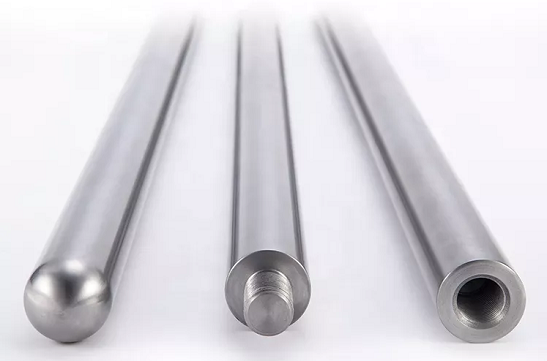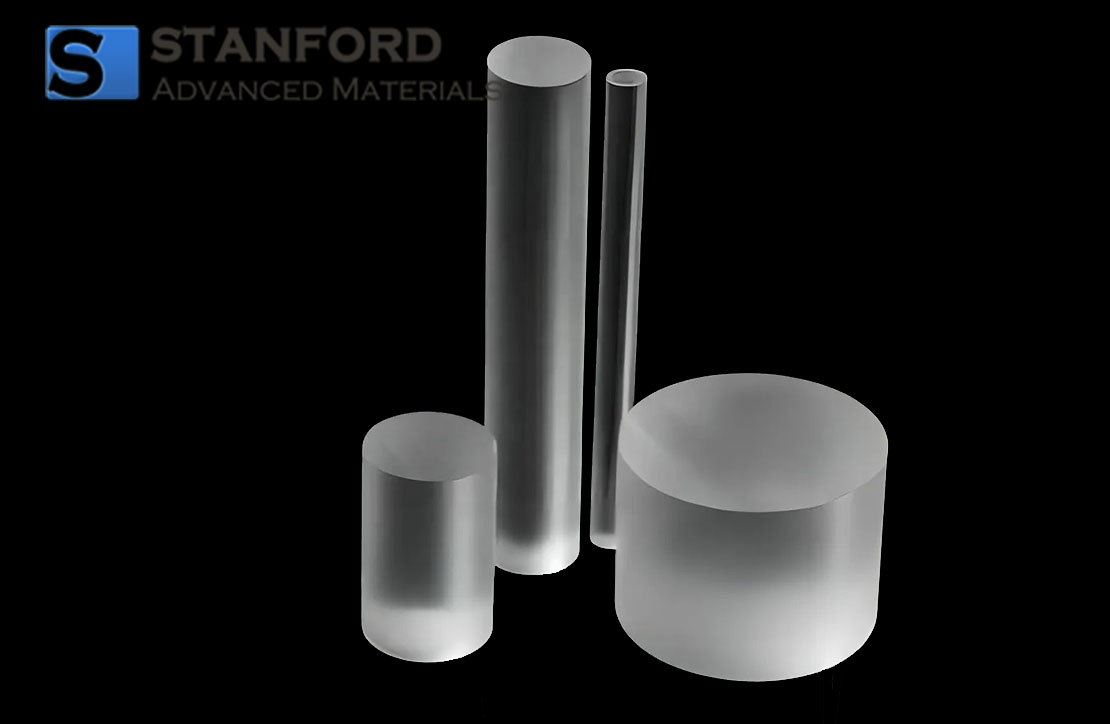Production Method of High-Purity Molybdenum Electrode
The main component of the molybdenum electrode is molybdenum. It has high high-temperature strength, good high-temperature oxidation resistance, and long service life. Because of these advantages, it is usually used in daily glass, optical glass, insulation materials, glass fiber, rare earth industry, and other fields. In this article, we will take a look at a new production method of high-purity molybdenum electrodes.

Production Method of High-Purity Molybdenum Electrode
At present, there are two methods for producing molybdenum electrodes, namely the smelting method and the powder metallurgy method. The molybdenum electrode produced by the smelting method has high purity and low gas content such as N and O, which can reach a level of less than 10 ppm, but the production cost is high and it is only suitable for special occasions. The molybdenum electrode prepared by powder metallurgy has a low cost, but the content of C and O in the product is too high, which cannot meet the requirements of the glass fiber industry.
Therefore, this article will introduce a new production method for high-purity molybdenum electrodes. The specific steps are as follows:
(1) First, molybdenum powder (with a mass purity of 99.9%) with a particle size of 2.5μm-4.0μm and an oxygen mass content of 400ppm-600ppm is pressed into a molybdenum billet. Then the molybdenum billet is placed in a resistance sintering furnace and pre-sintered under vacuum or reducing atmosphere (hydrogen) protection. The pre-sintering process is as follows: first heat up and pre-sinter to 1200°C from room temperature for 4h, then heat preservation, and then heat up and pre-sinter from 1200°C to 1350°C through 1h-2h, heat preservation for 2h-4h.
(2) The pre-sintered molybdenum billet in step (1) is placed in an intermediate frequency induction furnace and sintered under hydrogen as a protective atmosphere to obtain a molybdenum electrode with a mass purity of more than 99.99%. The sintering process is as follows: first heat up and sinter from room temperature for 1h-2h to 1500°C, and keep it for 1h-2h. Then, the temperature is increased from 1500°C for 1h-2h to 1750°C, and the temperature is kept for 2h-4h, and then the temperature is increased from 1750°C for 1h-2h to 1800°C—1950°C, and the temperature is kept for 4h-6h.
Compared with the existing technology, the advantages of this manufacturing method are:
(1) The mass content of carbon and oxygen of the product is lower than 10ppm.
(2) The operation is simple, the production cost is low, the production efficiency is high, the metal loss is small, and the overall yield is high, and it can easily and quickly produce a large number of electrodes of different specifications.
Conclusion
Thank you for reading our article and we hope it can help you have a better understanding of the new production method of high-purity molybdenum electrodes. If you want to learn more about molybdenum electrodes, we would like to advise you to visit Stanford Advanced Materials (SAM) for more information.
As a leading supplier of molybdenum products across the world, SAM enjoys over two decades of experience in the manufacture and sale of molybdenum electrodes, molybdenum tube, and molybdenum powder, offering customers high-quality molybdenum products to meet their R&D and production needs. As such, we are confident that SAM will be your favorite molybdenum product supplier and business partner.



